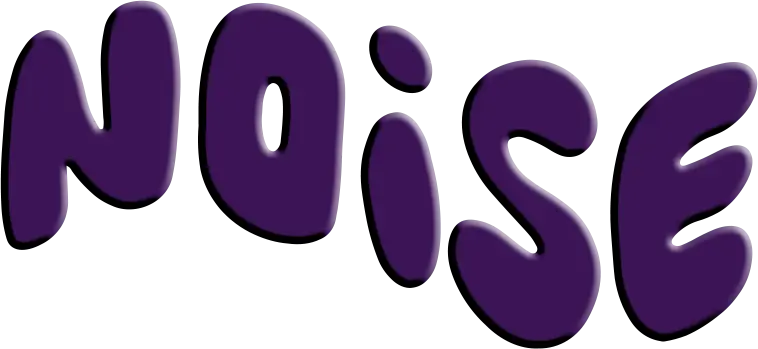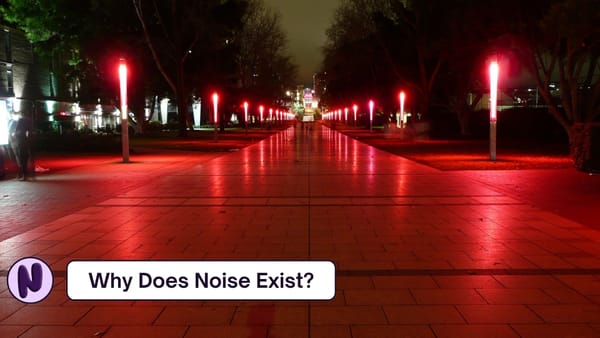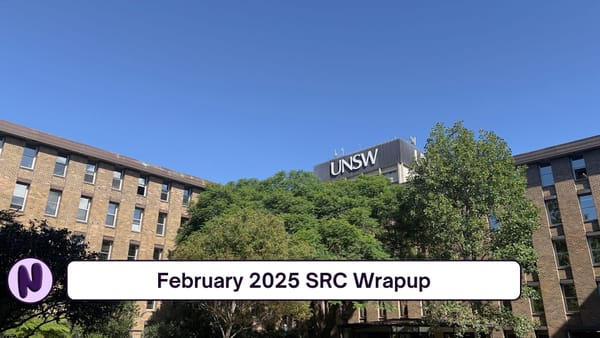HECS indexation is going down. Here's what you need to know.
New changes to HELP loans (including HECS, VETFEE, and SA-HELP) are dropping the average student debt in Australia by 1200 dollars.

The Federal Government has announced a change to the way that HELP debt calculations will work, resulting in the elimination of $3bn worth of debt for Australia’s students and graduates.
Historically, the indexation has been tied to national inflation indexes, resulting in the cost of education fluctuating based on external economic factors. However, in recent years, this has led to students going into a “debt spiral” in an attempt to balance the cost of education against other cost-of-living pressures, such as unaffordable housing and extortionate grocery prices. 2023 and 2024 saw the highest HECS indexation in over a decade, at 7.1% and 4.8% respectively.
The new policy ties HECS indexation to either the consumer price index OR the national wage growth, whichever is lower for that particular year, reducing the rate of increase to be proportional to graduate incomes. Education Minister Jason Clare clarified that this would also be backdated 2023’s indexation, meaning that the indexation figure from last June will be reduced by more than half (from 7.1% to 3.2%), using the national wages growth rate. 2024’s figure of 4.8% is also expected to be lowered.
For the average graduate, this means a debt reduction of 1200 dollars.
Under the old system, the average UNSW graduate (earning $70,000 in their first year, with a HECS debt of $30,000) would have been required to pay $2100 towards their debt last year. Of that, $1200 would have gone towards covering the indexation alone. Under the new system, around $550 would cover indexation, while the other 1500 would actually go towards paying down their loan.
We've set up a basic calculator to figure out how much your debt will go down after the change. This only works for students/graduates who had the 2023 HECS indexation apply to them.




